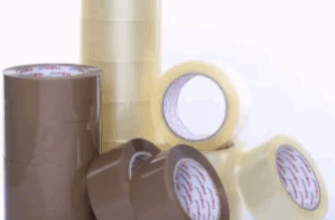Research and development (R&D) engineers play a crucial role in bringing new products and technologies to life. Whether they are working in the field of electronics, software, biotechnology, or any other industry, R&D engineers are responsible for designing, testing, and implementing new ideas that can drive innovation and growth. If you are aspiring to become an R&D engineer, or if you are looking for ways to improve your existing resume, this article is for you. In this post, we will share some effective strategies and R&D Engineer Cover Letter Example that can help you unleash your potential and achieve your career goals.
Highlight your technical skills: R&D engineers need to have a strong foundation in technical skills related to their industry. These skills can include software development, circuit design, data analysis, or 3D modeling, among others. When creating your resume, make sure to include a dedicated section that lists your technical skills, along with any relevant certifications or courses that you have completed. Use keywords and industry-specific jargon to highlight your expertise and demonstrate your familiarity with the field.
Showcase your research experience: R&D engineers need to have a solid understanding of the research process, including how to design experiments, collect data, and analyze results. If you have research experience, whether in academia or industry, make sure to highlight this on your resume. Provide details on the projects you have worked on, including the goals, methods, and outcomes. If possible, include metrics that demonstrate the impact of your research, such as the number of patents filed or the revenue generated.
Emphasize your problem-solving skills: R&D engineers are often tasked with solving complex technical problems that require creative thinking and ingenuity. To demonstrate your problem-solving skills on your resume, include examples of projects or challenges that you have tackled in the past. Describe the steps you took to identify the problem, explore potential solutions, and ultimately arrive at a successful outcome. Use specific, quantifiable results to highlight the impact of your problem-solving abilities.
Showcase your leadership and collaboration skills: R&D projects often require a team of engineers and scientists to work together towards a common goal. To demonstrate your ability to work effectively in a team environment, include examples of your leadership and collaboration skills on your resume. Provide details on any projects or teams that you have managed, and describe how you were able to motivate and guide your team towards success. Use metrics such as the number of team members, the budget, or the timeline to demonstrate the impact of your leadership skills.
Tailor your resume to the job description: Finally, make sure to tailor your resume to the specific job you are applying for. Review the job description carefully and identify the key skills and experiences that the employer is looking for. Make sure to include these in your resume, using the same language and terminology that the employer uses. This will help you to stand out from other applicants and demonstrate your fit for the position.
Conclusion: As an R&D engineer, your resume is your gateway to new opportunities and exciting career prospects. By following the strategies and R&D engineer resume samples outlined in this article, you can unleash your potential and achieve your goals. Remember to highlight your technical skills, showcase your research experience, emphasize your problem-solving abilities, showcase your leadership and collaboration skills, and tailor your resume to the job description. Whether you are just starting out in your career or looking to take the next step, these tips can help you stand out from the crowd and achieve success as an R&D engineer.


